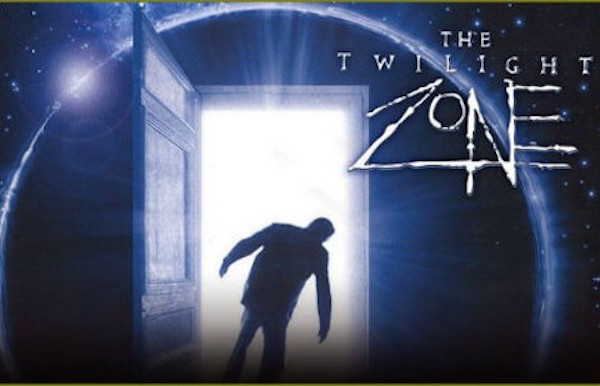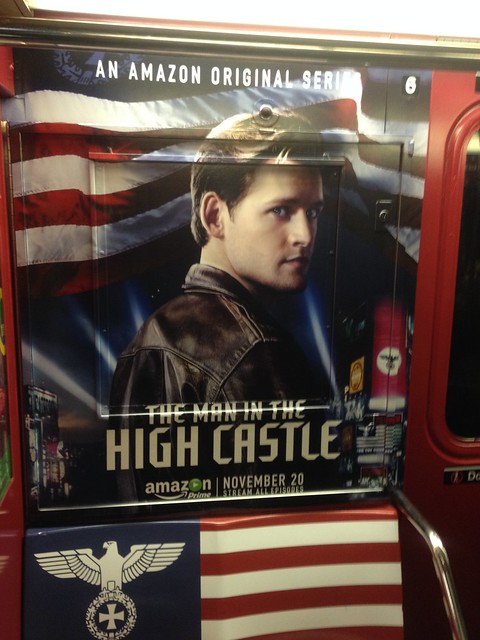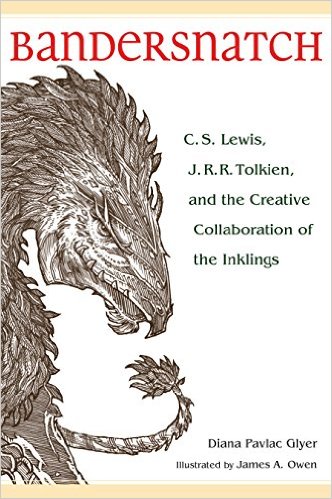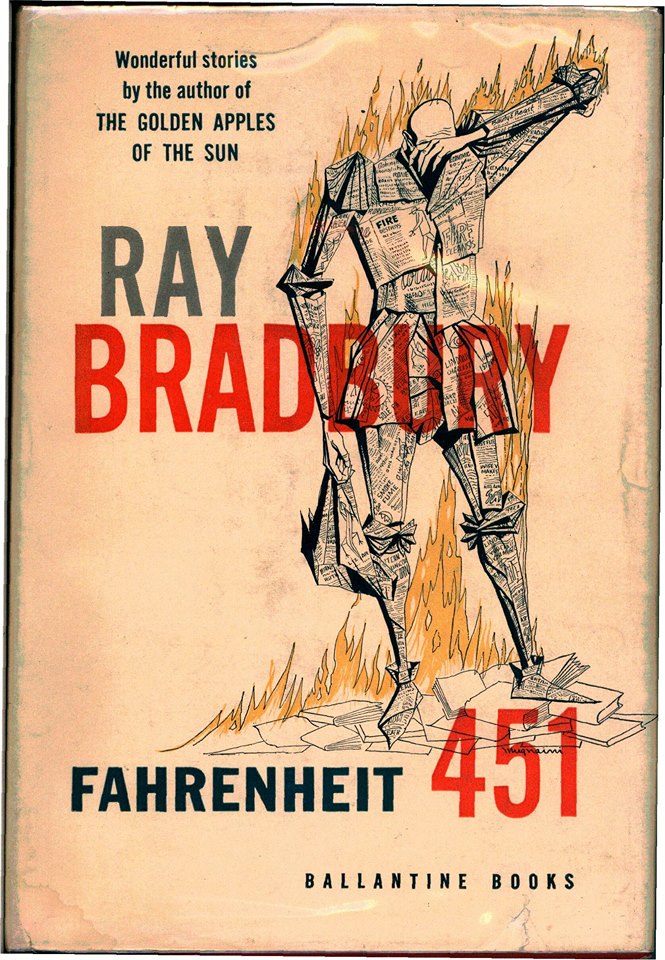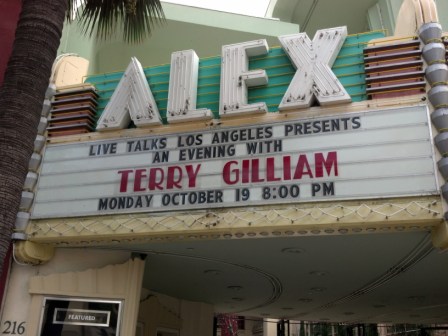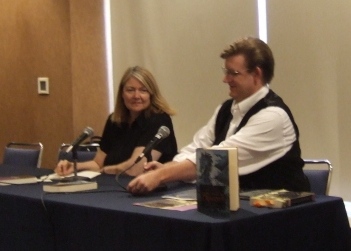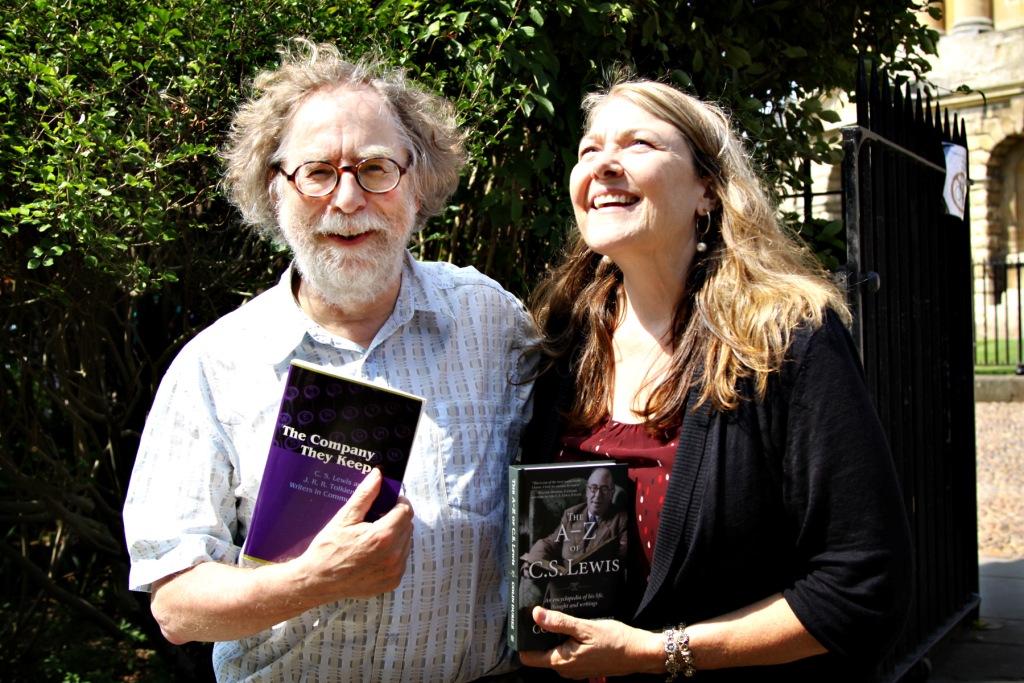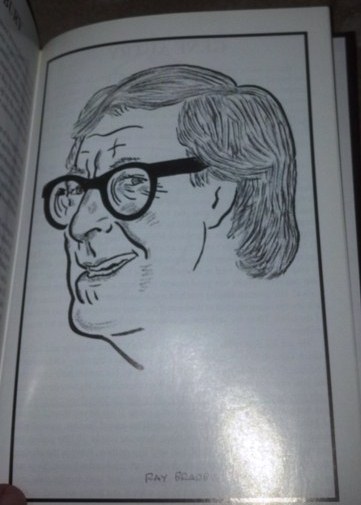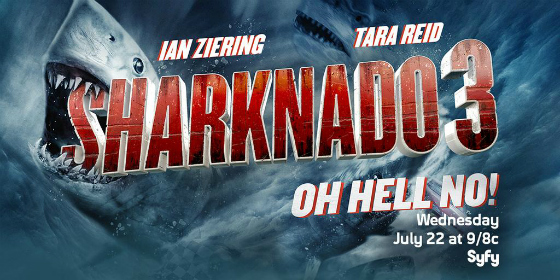(1) SECOND OPINION. The President of Turkey is not a forgiving audience for social satire. So we learn from “Turkish Court to Determine if Gollum-Erdogan Comparison is Insult” at Voice of America.
The fate of a Turkish doctor is in the hands of experts who are tasked with determining whether he insulted the Turkish president by comparing him with the Gollum character from the “Lord of the Rings.”
Bilgin Ciftci could face two years in jail for sharing images on Facebook that seemed to compare President Recep Tayyip Erdogan to the creepy character from J.R.R. Tolkien’s novels and film adaptations….
Turkish law states that anyone who insults the president can face a prison sentence of up to four years. Even stiffer sentences could befall a journalist.
Between August 2014, when Erdogan was elected, to March of this year, 236 people have been investigated for “insulting the head of state,” according to the BBC. Just over 100 were indicted.
(2) DIANA’S BOOK ON KINDLE. Now you can pre-order a Kindle edition of Bandersnatch, Diana Pavlac Glyer’s book about the Inklings. The release date is December 8.
You can also request a download of the first chapter at the Bandersnatch website.
(3) THESE THINGS COST MONEY! Destroying Death Stars is bad for galactic business. Or so claims a Midwestern academic. “Professor calculates economic impact of destroying ‘Death Stars’”.
Assistant professor of engineering at Washington University Zachary Feinstein recently published a study entitled “It’s a Trap: Emperor Palpatine’s Poison Pill” which posits that there would be a “catastrophic” economic crisis in the Star Wars universe brought on by the destruction of the Death Stars.
Feinstein’s research indicates that the two Death Stars constructed in the films cost approximately $193 quintillion and $419 quintillion respectively to complete. He calculated the cost of the planet-destroying space weapons by comparing them to the real life USS Gerald Ford.
According to Feinstein, the economic impact of both Death Stars being destroyed within a four-year period would cause an economic collapse comparable to the Great Depression.
Feinstein says the size of the Galactic economy would drop by 30 percent without a government bailout, which he doesn’t believe the Rebel Alliance would provide.
Well, there’s your problem. Rebel governments are notoriously reluctant to bail out recently overthrown tyrants.
(4) MONDYBOY TAKES STOCK. Ian Mond is “Moving Forward” at The Hysterical Hamster.
For the last three months I’ve had the nagging suspicion that I was a dead man walking when it came to writing reviews. As much as I’ve enjoyed the process of reading novels on shortlists and then sharing my thoughts, the time it was taking to write a half decent review meant I wasn’t keeping pace with my reading. And as the gap between reviews and books read widened that nagging suspicion became a cold hard reality.
I simply don’t have the time to produce reviews of a quality high enough that I’m happy to see them published. Yes, I could try to write shorter pieces, limit myself to 500 words, but every time I’ve attempted this my inner editor has taken a nap and before you know it I’ve spent five days writing a 1,500 word ramble. And, yeah, I could Patreon the shit out of this blog in the vain hope that asking for cash will compel me (more likely guilt me) into writing a review every couple of days. But fuck that. I’d rather enjoy the books I’m reading then feel weighed down by the responsibility of having to review them.
So I’ve made the mature decision to quit while I’m ahead….
Will it last? Will I be back in eight months with a similar post talking about how I no longer have the time to turn on my computer let alone snark about the Hugo Awards? Very likely. (I mean, it’s taken me three days to write this blog post).
(5) ROOTS. SF Signal’s latest “MIND MELD: The Influential roots of Science Fiction”, curated by Shana DuBois, asks:
“What genre roots have you found to be most influential and inspiring for you and your own writing?”
Providing the answers this time are Usman T. Malik, SL Huang, Nicole Kornher-Stace, Ferrett Steinmetz, Wendy N. Wagner, Kat Howard, Daryl Gregory, Amal El-Mohtar, Lesley Conner, and Jennifer Marie Brissett
(6) AH, THE CLASSICS. Cat Rambo says yes, the “classics” are worth reading, in “Another Word: On Reading, Writing, and the Classics” at Clarkesworld.
The point I want to make about my perspective on the “classics” is that I’ve read a substantial portion, both of the F&SF variety and the larger set, and made some of them the focus of study in grad school. (Again from both sets, since that focus was an uneasy combination of late 19th/early 20th American lit and cultural studies with a stress on comics/animation. You can see me here pontificating on The Virtual Sublime or here on Tank Girl. I’m not sure I could manage that depth of theory-speak again, at least without some sort of crash course to bring me back up to speed. But I digress.)
So here’s the question that brought me here: should fantasy and science fiction readers read the F&SF classics? And the answer is a resounding, unqualified yes, because they are missing out on some great reading in two ways if they don’t. How so?
- They miss some good books. So many many good books. At some point I want to put together an annotated reading list but that’s a project for tinkering with in one’s retirement, I think. But, for example, I’m reading The Rediscovery of Man: The Collected Stories of Cordwainer Smith right now (in tiny chunks, savoring the hell out of it) and they are such good stories, even with the occasional dated bit.
- They miss some of the context of contemporary reading, some of the replies those authors are making to what has come before. The Forever War, for example, is in part a reply to Bill the Galactic Hero; read together, both texts gain more complexity and interest.
(7) This Day In History
- December 2, 1939 – Laurel & Hardy’s The Flying Deuces is released, a movie without any science fictional content of its own (unless you count Oliver Hardy’s reincarnation as a horse in the final scenes), but figures strangely into an episode of Doctor Who. During “The Impossible Astronaut” (Doctor Who, S.6 ,Ep.10),Amy Pond, the Doctor’s companion, and Rory Williams watch the movie on DVD. Per the Wikipedia: “Rory sees The Doctor (Matt Smith) appear in the film running towards the camera wearing his fez and waving, before returning to dance with Stan and Ollie. This was achieved with Matt Smith dancing in front of a green screen.”
(8) BAXTER MARS SEQUEL. Gollancz has announced plans to publish Stephen Baxter’s sequel to Wells’ War of the Worlds.
The Massacre of Mankind is set in 1920s London when the Martians from the original novel return and the war begins again. However, this time they have learnt from their mistakes, making their attempts to massacre mankind even more frightening.
Baxter, who also co-wrote the Long Earth novels with Terry Pratchett, said it was an “honour” to write the sequel. “H G Wells is the daddy of modern science fiction. He drew on deep traditions, for instance of scientific horror dating back to Mary Shelley’s Frankenstein and fantastic voyages such as Jonathan Swift’s Gulliver’s Travels. And he had important near-contemporaries such as Jules Verne. But Wells did more than any other writer to shape the form and themes of modern science fiction, and indeed through his wider work exerted a profound influence on the history of the twentieth century.”
It’s due to be published in January, 2017. This time, we’re told, the Martians have learned the lessons of their failed invasion: they’ll no longer fall prey to microbial infection.
(9) FASTER. Gregory Benford has posted John Cramer’s contribution to The 100 Year Starship Symposium, “Exotic Paths To The Stars.”
I was Chairman of the Exotic Technologies Session held on October 1, 2011, at the 100 year Starship Symposium in Orlando Florida. This chapter draws on the talks given in that session, but it does not represent a summary of the presentations. Rather, I want focus on three lines of development in the area of exotic technologies that were featured at the Symposium, developments that might allow us to reach the stars on a time scale of a human lifetime: (1) propellantless space drives, (2) warp drives, and (3) wormholes. With reference to the latter two topics, I will also discuss some cautions from the theoretical physics community about the application of general relativity to “metric engineered” devices like wormholes and warp drives that require exotic matter…
(10) HINES DECOMPRESSES. Jim C. Hines has “Post-Convention Insecurities” after his stint as Loscon 42 GoH.
I understand the phenomenon a bit better these days, but it still sucks. Partly, it’s exhaustion. You’re wiped out after the convention, and being tired magnifies all those insecurities. And the fact is, I know I stick my foot in it from time to time. We all do. It’s part of being human.
But I spend conventions trying to be “on.” Trying to be friendly and entertaining and hopefully sound like I know what the heck I’m talking about. Basically, trying to be clever. And I trust most of you are familiar with the failure state of clever?
Sometimes a joke falls flat. Sometimes I say something I thought was smart and insightful, realizing only after the words have left my mouth that it was neither. Sometimes an interaction feels off, like I’ve failed at Human Socializing 101. Or I get argumentative about something. Or I fail to confront something I should have gotten argumentative about. I could go on and on about the possibilities. That’s part of the problem.
The majority of the conversations and panels and interactions were unquestionably positive. But there’s a span when my brain insists on wallowing through the questionable ones, and I keep peeking at Twitter to double-check if anyone has posted that Jim C. Hines was the WORST guest of honor EVER, and should be fired from SF/F immediately.
Whether or not Jim had any influence on the result, I think it’s appropriate that in a year when he was GoH Loscon put together its most diverse range of program participants, probably ever – substantive speakers from all kinds of backgrounds.
(11) HOW GOOD WAS GOODREADS CHOICE? Rachel Neumeier browses the genre winners of the 2015 Goodreads Choice Awards.
If it’s a massive popularity contest you aim for, then the Goodreads Choice Awards is ideal. I dunno, I think in general I am most interested in the results of awards like the World Fantasy Award, which has a panel of judges; or the Nebula, which requires nominations to come from professional writers. In other words, not wide-open popularity contests. On the other hand, there’s a place for pure popularity too, obviously, and it was really quite interesting seeing what got nominated in all the Goodreads categories.
Of course I read mainly books that have been recommended by bloggers I follow and Goodreads reviewers I follow and so on, so these awards don’t much matter to me — no awards matter to me in that sense — but still, interesting to see what’s shuffled up to the top of the heap for 2015…
(12) SEE TWILIGHT ZONE WITH HARLAN. Cinefamily’s December events at the Silent Movie Theater in LA includes a celebration of the 30th anniversary of CBS’ 1985 version of The Twilight Zone, with Harlan Ellison, Rockne S. O Bannon, Bradford May, Michael Cassutt, Alan Brennert, Paul Lynch, William Atherton, J.D. Feigelson, Martin Pasko, Rebecca (Parr) Beck & Steven Railsback in person. December 5, starts at 5:30 p.m., tickets cost $14 (free for members).
You unlock this door with the key of imagination. Beyond it is another dimension-a dimension of sound, a dimension of sight, a dimension of mind. You’re moving into a land of both shadow and substance, of things and ideas-you just crossed over into the Twilight Zone…
Rod Serling opened his beloved, suspenseful, witty, and social commentary-filled drama with the same intonation every time, before presenting each delightfully formulaic science fiction fantasy, from 1959 to 1964. Those episodes will never cease to be replayed, but in 1985 CBS gave fans some new material to latch onto… an 80s revival of the series, created with the participation of writers, filmmakers, and actors for whom the original was a beloved memory. Join Cinefamily and the cast & crew of the 80s Twilight Zone at this 30th anniversary marathon and celebration, showcasing our absolute favorite 80s style sci-fi!!!
https://player.vimeo.com/video/146708899?title=1&byline=1&portrait=0&fullscreen=1&color=FFF685
(13) KUNKEL FOLLOW-UP. After last week’s post “Kunkel Awards Created”, I was able to ask some follow-up questions of the organizers. James Fudge, managing editor of Games Politics and Unwinnable, filled in some more background.
Most of the heavy lifting on this award needs to be credited to Michael Koretzky and the SPJ. Prior to AirPlay, Michael had talked to me about creating some kind of award to incentivize good games journalism. I thought this was a great idea. I also have a lot of respect for Bill Kunkel, and seeing how he is considered to be the very first “games journalist” (and helped created the first publication dedicated to video games) it seemed right and fair that he should be honored by having an award named after him. I didn’t know Bill personally but we talked a lot about journalism, the industry, and wrestling on a mailing list dedicated to games journalists called “GameJournoPros.”
After the criteria for the awards was sorted out I reached out to the widow of Bill Kunkel to ask for permission, She kindly gave us her approval.
(14) THE YEAR IN AFROSFF. Wole Talabi lists “My Favorite African Science Fiction and Fantasy (AfroSFF) Short Fiction of 2015”.
2015 has been a good year for African Science Fiction and Fantasy (or AfroSFF, as seems to be the consensus abbreviation). The year saw the release of Jalada’s Afrofutures anthology, Issues 2, 3, 4 and X of the new and excellent Omenana and Short Story Day Africa’s Terra Incognita. Still to come are AfroSFv2 (edited by Ivor Hartmann), African Monsters (edited by Margret Helgadottir and Jo Thomas) and Imagine Africa 500 (edited by Billy Kahora and Trine Andersen). So much good stuff to read and more to come….
So in the interest of fueling discussion and analysis of AfroSFF stories in general, here are my favorite AfroSFF stories of 2015 in no particular order.
(15) Filer Von Dimpleheimer has done some light housekeeping in the first two volumes of his Short Fiction Eligible for the 1941 Retro-Hugos series.
I uploaded version 1.1 of Volume Two. I fixed some minor errors, but the main thing is that I put in the disclaimer page that was in Volume Three. I’ll do the same for Volume One as well.
The links should all be the same and still work. They worked for me after I had signed out of that account, but if you or any Filers have any problems, just let me know and I’ll try to sort it out.
(16) Harrison Ford was hilarious on The Tonight Show with Jimmy Fallon.
First, he tried explaining how he dislocated his ankle on the Star Wars: The Force Awakens set, using a Han Solo action figure.
Then, Ford and Jimmy downed Greedo shots and debuted a colorful drink created in honor of Star Wars: The Force Awakens.
(16) IT’S ONLY ROCK’N ROLL BUT I LIKE IT. Bill Roper says an ancient filk mystery has been solved.
Over 40 years ago, at the Toronto Worldcon in 1973, a young man joined the filk circle, sang a song, and vanished without a trace. The song was a lovely piece based on Arthur C. Clarke’s story, “The Sentinel”. Anne Passovoy was there and ended up reconstructing the song as best she could and adding it to her repertoire, noting that the song wasn’t hers, but presumably was something written by the anonymous young man.
And that was where things rested until last weekend at Chambanacon, when Bill Rintz and Bill Furry pulled out a song at their concert.
It was almost, but not quite the song that Anne had reconstructed. It was clearly the song that Anne had heard. All of the bones matched.
And so, as it turned out, did the feathers. Because this song was on The Byrds 1968 album, The Notorious Byrd Brothers, and titled “Space Odyssey”.
You can hear the original here. The lyrics are here.
(17) CARDS AGAINST WHOMANITY. io9 will let you “Print out the Doctor Who version of Cards Against Humanity right now”
Cards Against Humanity is the hilarious party game for horrible people, and now you can mix the game’s political incorrectness with your knowledge of Doctor Who thanks to a fan-made edition called Cards Against Gallifrey.
Because Cards Against Humanity is published under Creative Commons Attribution-NonCommercial-ShareAlike, anyone can make their own cards for the game, provided they publish them under the same license and don’t sell them. The comedy group Conventional Improv performs a game show based on Cards Against Humanity at different conventions, and this fall, in honor of the Doctor Who 50th anniversary, they played Cards Against Gallifrey and have made their version of the game available to the public. Naturally, it’s crude, offensive, and imagines most of the cast naked.
(18) GREEN ACRES. Kind of like living in a Chia Pet. “This kit lets you assemble your own green-roofed Hobbit home in just 3 days” at The Open Mind.
Magic Green Homes fabricates such structures using prefabricated vaulted panels and covers them with soil, creating flexible green-roofed living spaces with a Tolkienesque charm. And the kicker? They’re so easy to construct, just about anyone can build one.
(19) ZICREE. Sci-fi writer-director-producer Marc Zicree gives you a tour of his Space Command studio while shooting Space Command 2: Forgiveness — and shows clips
[Thanks to Hampus Eckerman, von Dimpleheimer, Alan Dorey, John King Tarpinian, and Steven H Silver for some of these stories. Title credit goes to File 770 contributing editor of the day Brian Z.]


